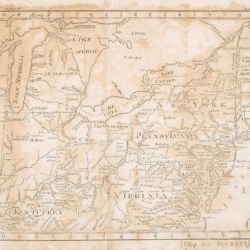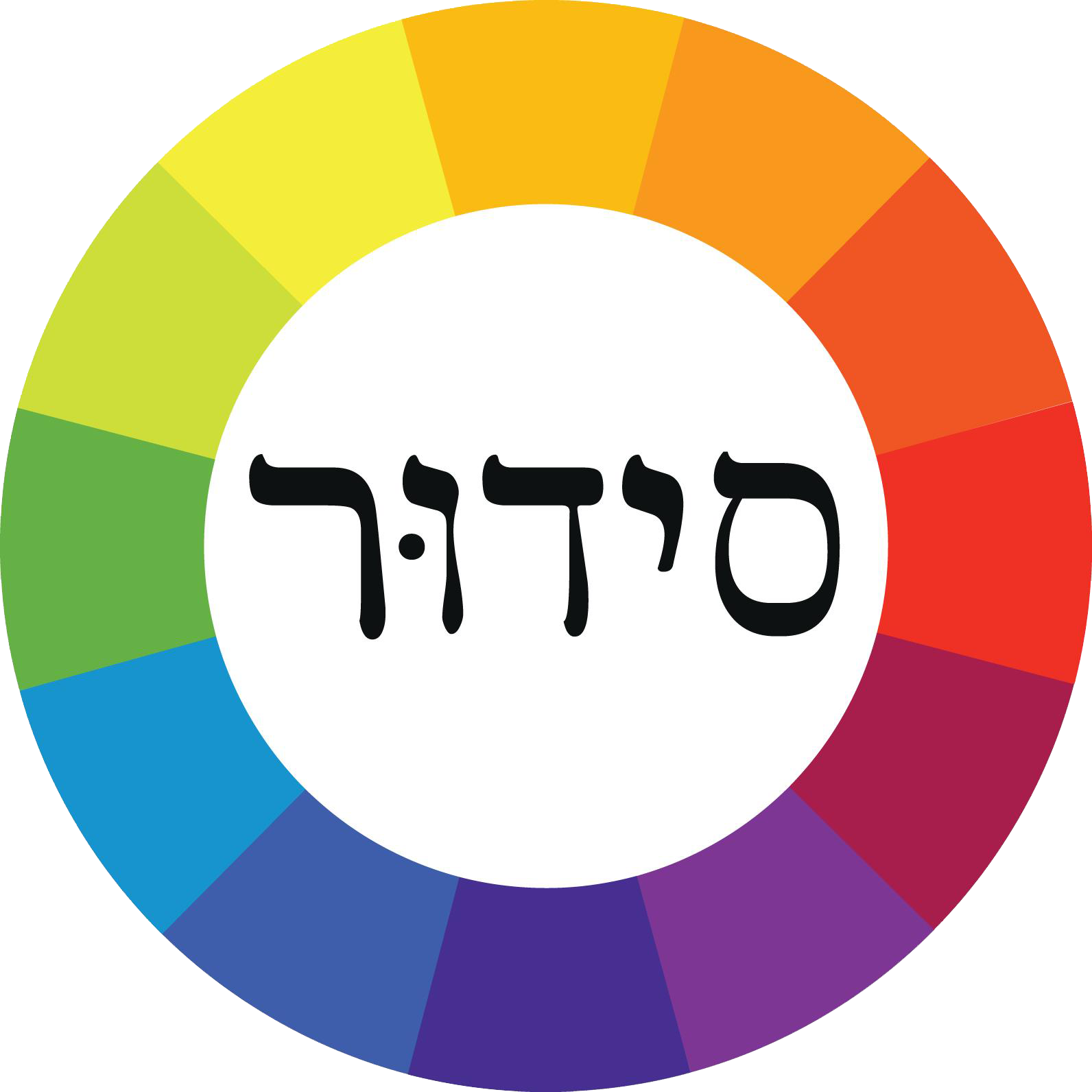DOWNLOAD: PDF
The overarching philosophy of Midbar Quest is that Judaism invites us to take our imaginations seriously. Our god, after all, is either invisible or hidden by its veritable ubiquity and its self-conception is engaged through exercises of the imagination. And imagination must be cultivated. Those who demean the imaginary as “fake” or “false” or set-up myth as a straw-man for Truth, usually have some other proposition or advertising to sell. The last territory to colonize is the imagination and what better way to populate fresh minds with junk imaginations is to convince them that products of the imagination are commodities like any other, and that it’s better to buy up and passively consume someone else’s vision than to seek out ans share one’s own in play. Myths, while vehicles for all sorts of ideas, have by the power of metaphor always been powerful containers for sharing complicated ideas, esoteric wisdom, and even scientific knowledge. They survive in an ephemeral world we create as partners with culture. This world is perhaps the most integral space in which Jewish culture lives. Jewish culture does not live in the Land of Israel. Jewish culture does not live in Hebrew dictionaries. Jewish culture does not live in the Siddur or the Torah or the Sefer ha-Aggadah. Jewish culture lives in the imagination beyond all such artifacts and concepts that give witness to the existence of this imagination. I call it, the land beyond the River Sambatyon – a river that cannot be traversed by ordinary means. A kfitsat haderekh is required since this land cannot be plotted on any map (although possibly allusions to it can be found in certain maps). It is a sanctuary of the imagination, and just as potent and ephemeral as a child’s soul.
J.R.R. Tolkien explains that fantasy in the modern tradition of William Morris, is misunderstood as escapist literature. Rather, a fantasy presents a world that is comparative to our own and which through that comparison has the potential to inspire change. This is the radical potential of the imaginary. The fact that the landscape, characters, and ideas shared through Jewish folklore are so unfamiliar to many Jewish children is thus a serious concern for without it, the rest of Judaism has little foundation. Some, despondent with the superstitions of yor, have argue for a Judaism built upon Maimonides quietist neo-Aristotelian rationalism – a philosopher’s Judaism. They are deluding themselves. We are dreamers, children of prophets and our stories are containers and vehicles for values that might eagerly (or absently, or casually, or callously) be overwritten in favor of some other muscular Judaism. As a project in recovery and restoration, we thus seek to develop in the minds of youth and adults fluency in the living imagination of Jewish culture through modalities of immersive and transformative experiential education. We hope that our realization of this project through tabletop adventure roleplaying inspires other educators to incorporate its techniques in their own curriculum and with the groups they seek to engage deeply with loving-kindness for the autonomy of their student’s tselem elohim – their world creating capabilities. –Aharon Varady, 2015
Adventure roleplaying through the landscape of Jewish folktales, rabbinic Jewish lore, and biblical and apocryphal mythology has been the largely private and very nerdy desire of Aharon Varady since he was 11 years old. He was first introduced to Jewish demons while learning the Talmud Bava Metziah in fifth grade and to Jewish fantasy literature soon afterward through an anthology of strange Yiddish stories translated by Joachim Neugroshel, z”l, entitled: Yene Velt (the Other Side). Frustrated by the misappropriation of Jewish fantasy motifs and mystical ideas in western hermetic, occult, and genre literature, on the one hand, and the lack of attention, interest, and expertise among Jewish educators, on the other, he set out to learn as much as he could from books, eventually discovering a growing body of scholarly literature in English in academic libraries. Through a clever ploy, he tricked a community of Jewish environmental educators into an evening of adventure roleplaying and character creation in a medieval world populated by oppressive fiefs, scroll thievery, magic, demons, and forest Jews. While pursuing a masters degree in Jewish experiential education at the William Davidson School at the Jewish Theological Seminary of America, he wrote a paper in 2013 titled: “Developmental Issues in Guided Fantasy Roleplaying for Children and Young Adolescents for Jewish Education.” In 2014, while working as a Yahadut (Judaism) specialist at Eden Village Summer Camp, he began offering “Midbar Quest” as an activity during schmooze for a select group of “Keter” boy campers. This Players Handbook was written during the summer of 2015, when Midbar Quest was accepted as an official ḥug (elective) option for both pre-teen and adolescent campers, boys and girls. The popular ḥug engaged over 80 campers that year. Since then it’s continued to be developed by aspiring maggidim worldwide, in-person and online, in synagogues and supplemental Jewish education curricula.

“מִדְבָּר קװעסט | Midbar Quest, a tabletop fantasy adventury roleplaying activity by Aharon Varady” is shared through the Open Siddur Project with a Creative Commons Attribution-ShareAlike 4.0 International copyleft license.










Leave a Reply